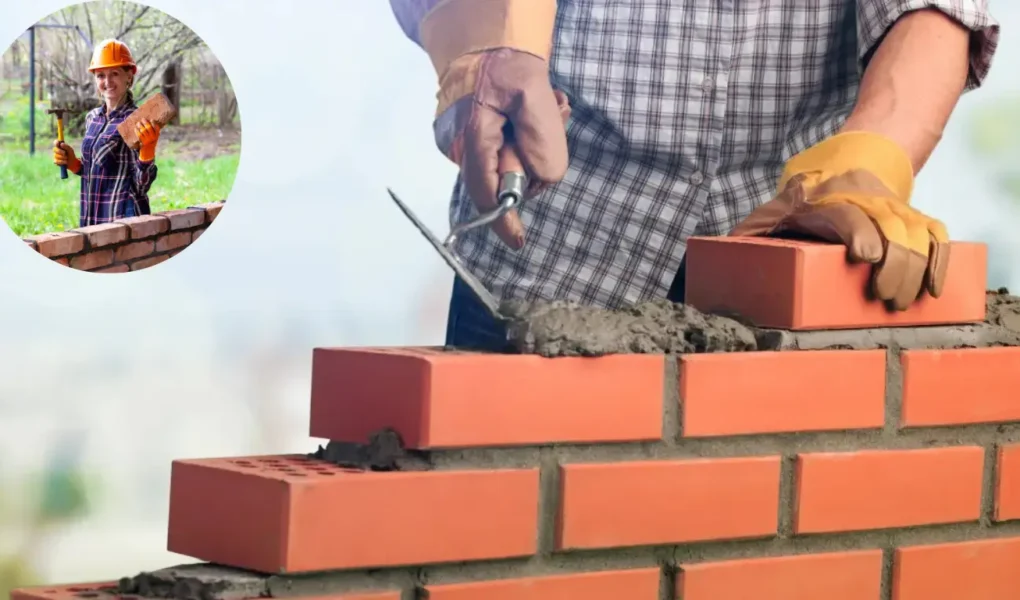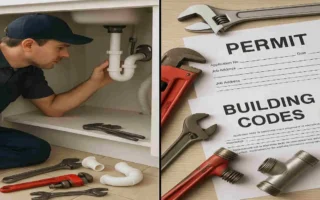Are you tired of looking at those cracked or weathered bricks on the front of your modren house? Or you’re looking to give your home’s exterior a fresh, new look. You’re in luck, because I’ve got a step-by-step guide that will walk you through the process of replacing those bricks like a pro.
What is Brick Replacement and When is it Necessary?
Brick replacement is the process of removing damaged or deteriorated bricks from your home’s exterior and replacing them with new ones. It’s necessary when the bricks have become cracked, spalled (flaked or chipped), or when the mortar between them has degraded to the point where it can no longer hold the bricks in place securely.
Types of Damage That Require Replacing Bricks
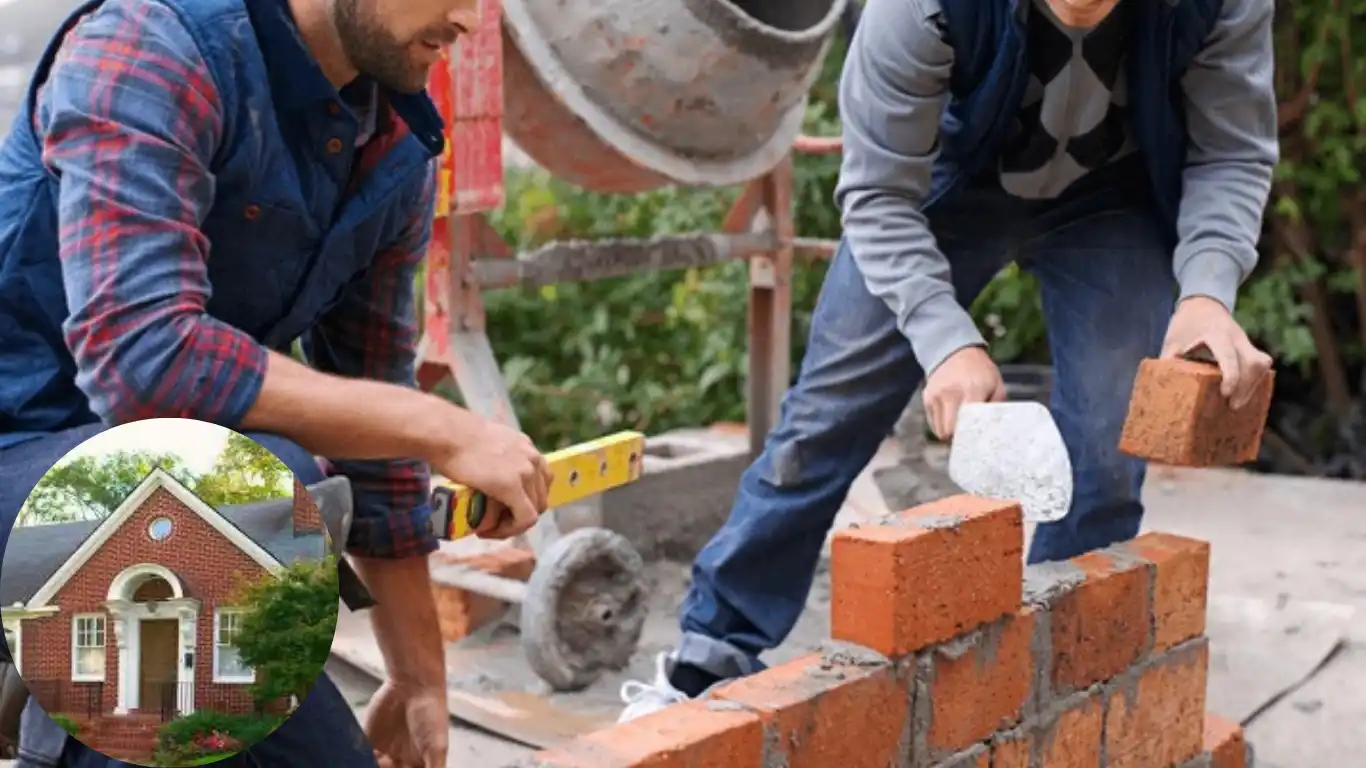
- Cracks: Hairline cracks can often be repaired with a patching compound, but larger cracks that compromise the brick structural integrity of the brick may require replacement.
- Spalling: When the surface of the brick starts to flake or chip away, it’s a sign that the brick has absorbed too much moisture and needs to be replaced.
- Mortar Degradation: If the mortar between the bricks has crumbled or fallen out, it’s time to replace the affected bricks and repoint the surrounding area.
Safety Precautions to Consider Before Starting the Project
Before you start replacing the brick on the front of the house, make sure to take the following safety precautions:
- Wear appropriate safety gear, including gloves, safety plumbing, and a dust mask, to protect yourself from flying debris and dust.
- Set up a sturdy ladder or scaffolding if you need to work at heights.
- Use caution when working with masonry tools, as they can be sharp and heavy.
Assessing the Extent of Brick Damage and Deciding Which Bricks Need Replacement
The first step in replacing bricks on the front of the house is to assess the extent of the damage and determine which bricks need to be replaced. Take a close look at the affected area and look for signs of cracking, spalling, or mortar degradation. If you’re unsure about the severity of the house damage, it’s always a good idea to consult with a professional.
How to Gather Necessary Permits if Required
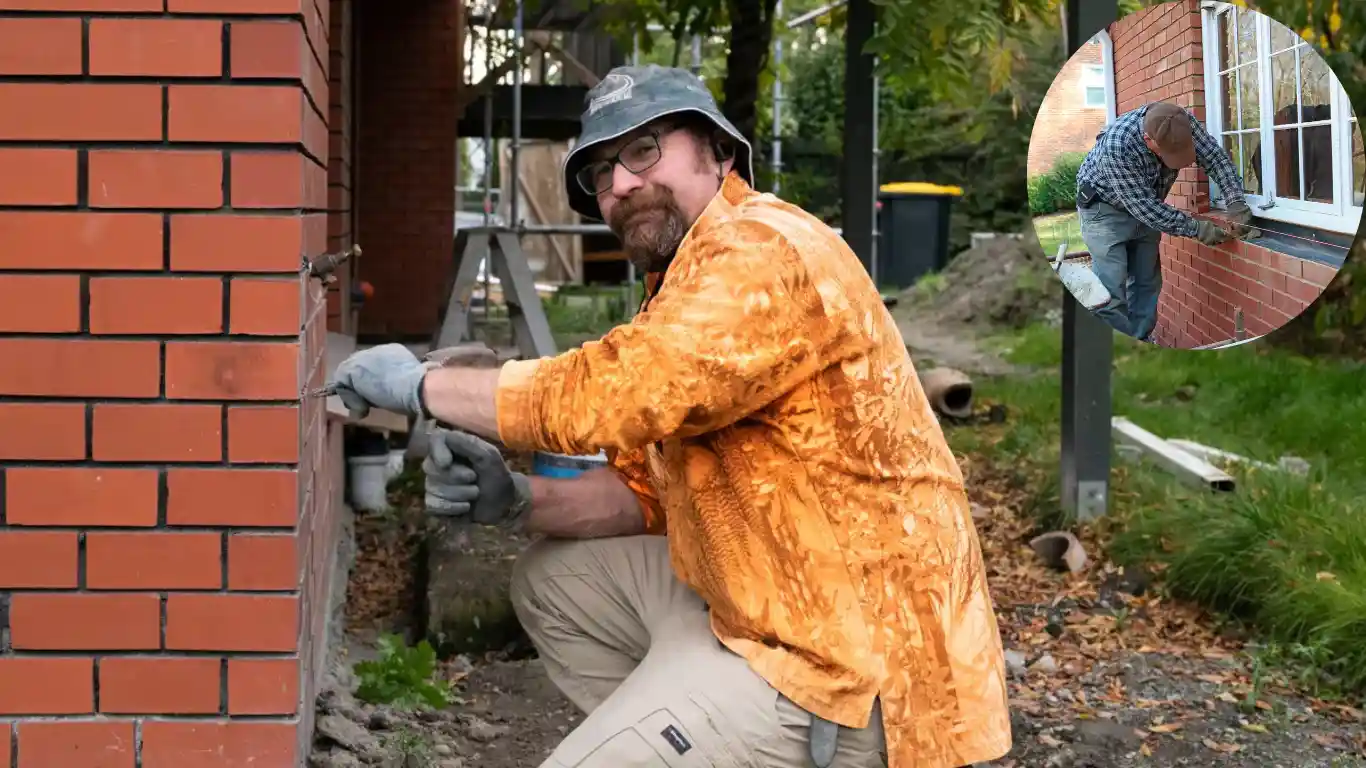
Depending on your local building codes, you may be required to obtain a permit before commencing your brick replacement project. Check with your local building department to determine if a license is needed and to learn about the process for obtaining one.
Setting Up Your Workspace and Protecting Surrounding Areas
Before you begin work, ensure that you set up your workspace and protect the surrounding areas from debris and dust. Cover any nearby house windows, doors, and landscaping with plastic sheeting or tarps to prevent damage.
Step-by-Step Preparation of Tools
To prepare your tools for the project, follow these steps:
- Hammer and Chisel: Make sure your hammer and chisel are clean and in good condition. If the chisel is dull, sharpen it using a grinding wheel.
- Mortar Mix: Prepare your mortar mix according to the manufacturer’s instructions, ensuring you achieve the correct consistency for adequate brick replacement.
- Trowel and Wire Brush: Cleaning house and wire brush to ensure they’re free of debris that could interfere with your work.
- Safety Gear: Put on your safety gear, including gloves, safety glasses, and a dust mask, to protect yourself while working.
Importance of Choosing Matching Replacement Bricks and Mortar Mix
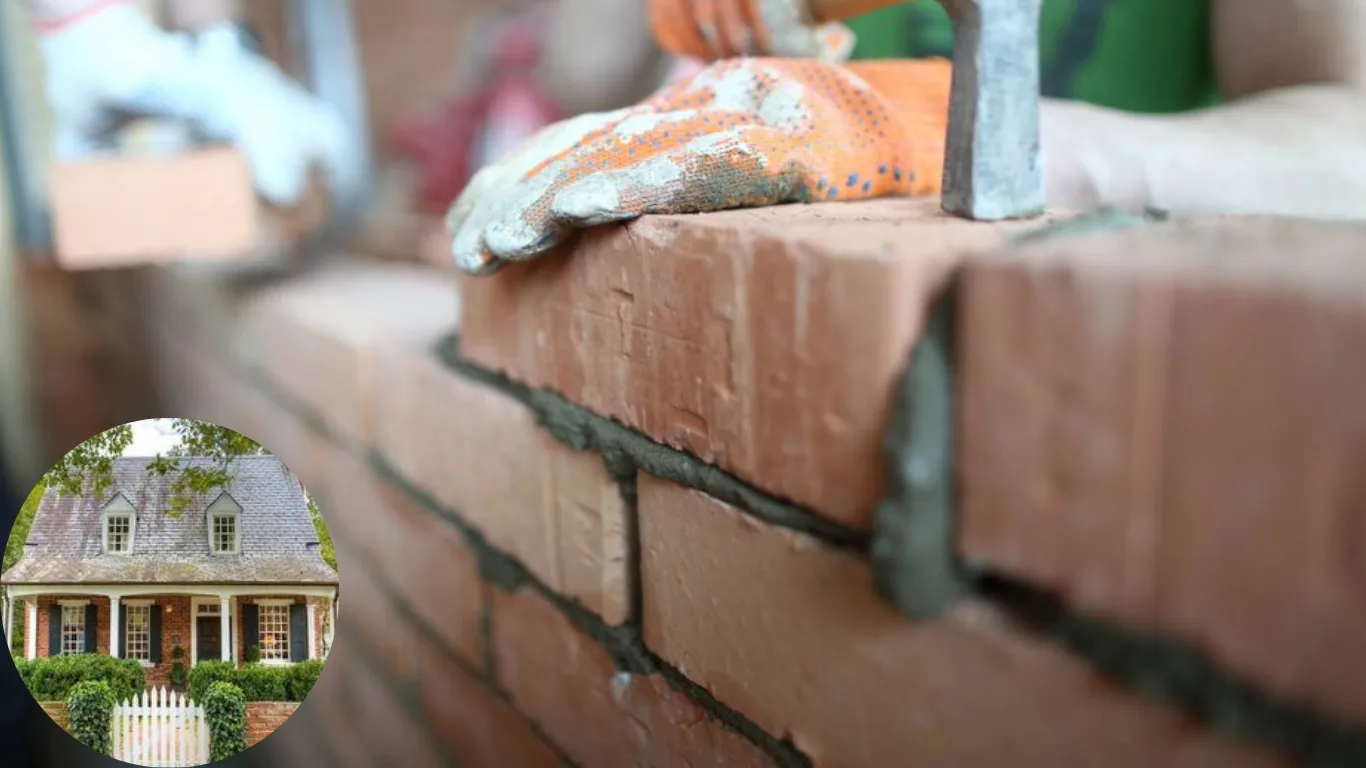
To ensure a seamless and professional-looking finish, it’s crucial to choose replacement bricks and mortar mix that match your existing ones as closely as possible. Take a sample of your existing bricks design and mortar to a local masonry supply store to find the best match.
Detailed Instructions on Safely Removing Damaged Bricks
Now that you’ve prepared your outdoor spaces and tools, it’s time to start removing those damaged bricks. Follow these steps to safely and effectively remove the bricks without harming the surrounding ones:
Using your chisel and hammer, carefully score the mortar joints around the damaged brick. Ensure that you score the joints on all four sides of the brick to weaken the bond between the brick and the surrounding mortar.
Once you’ve scored the mortar joints, use your chisel and hammer to remove the mortar around the damaged brick carefully. Work slowly and carefully to avoid damaging the surrounding bricks or the brick you’re removing.
Tips to Avoid Damaging Adjacent Bricks During the Removal
To avoid damaging the adjacent bricks during the removal process, follow these tips:
- Work slowly and carefully, applying gentle pressure to the damaged brick.
- Use a brick removal tool or a chisel with a wide blade to distribute the force more evenly.
- If the brick is stubborn, try using a brick removal tool that allows you to apply pressure from multiple angles.
Cleaning the Cavity Where Bricks Were Removed
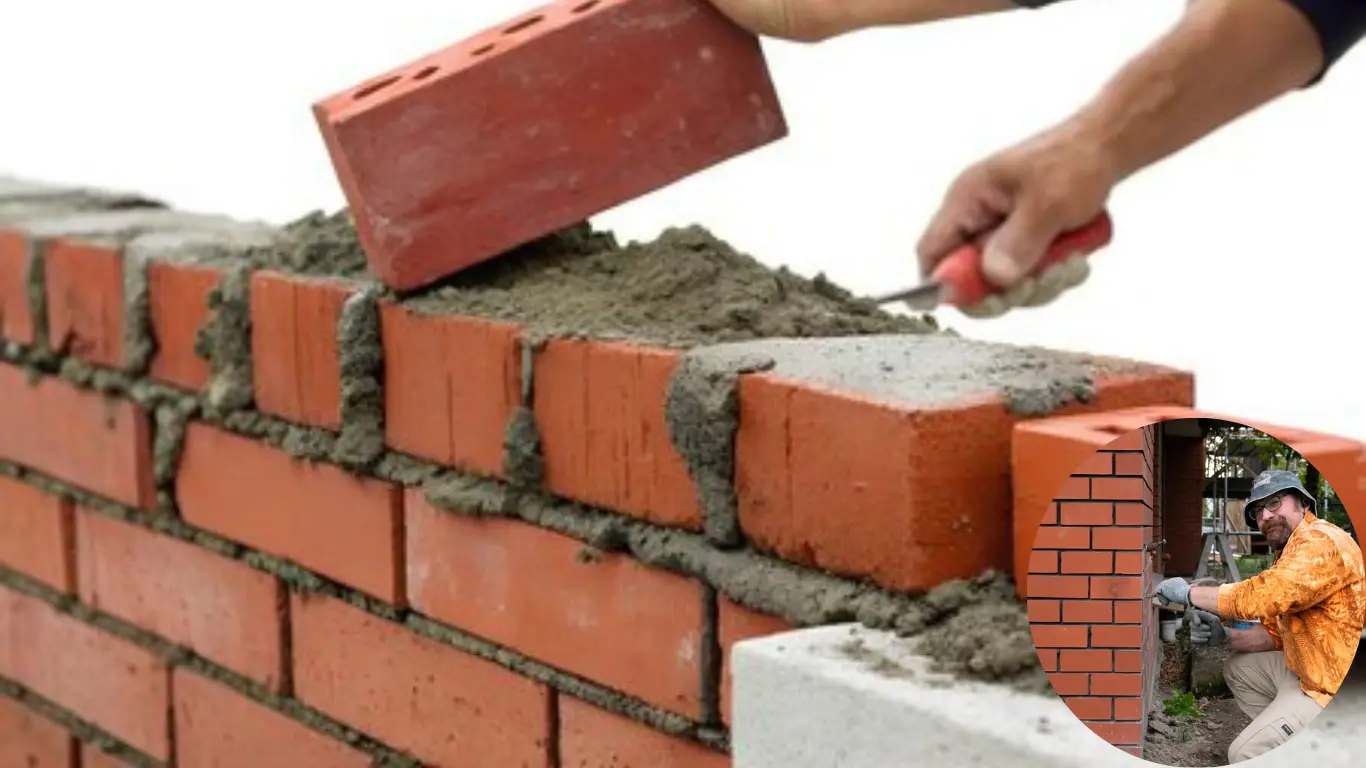
Once you’ve removed the damaged bricks, it’s time to clean the cavity where they were located. Use a house wire brush to remove any loose mortar, dust, or debris from the cavity. This will help ensure a strong bond between the new brick and the surrounding masonry.
Removing Mortar Stains from Brick Faces Using Appropriate Methods
If you notice any mortar stains on the faces of the bricks, don’t worry – they can be easily removed. Use a stiff-bristled brush and a solution of water and vinegar, or a commercial masonry house, to gently scrub away the stains. Be sure to rinse the bricks thoroughly with clean water afterward.
Cleaning Your Tools and Safely Disposing of Waste Materials
After completing your brick cleaning project, take the time to clean your tools and dispose of any waste materials safely. Use a wire brush and water to clean your trowel, chisel, and other tools. Dispose of any leftover mortar, debris, and used safety gear according to your local regulations.

